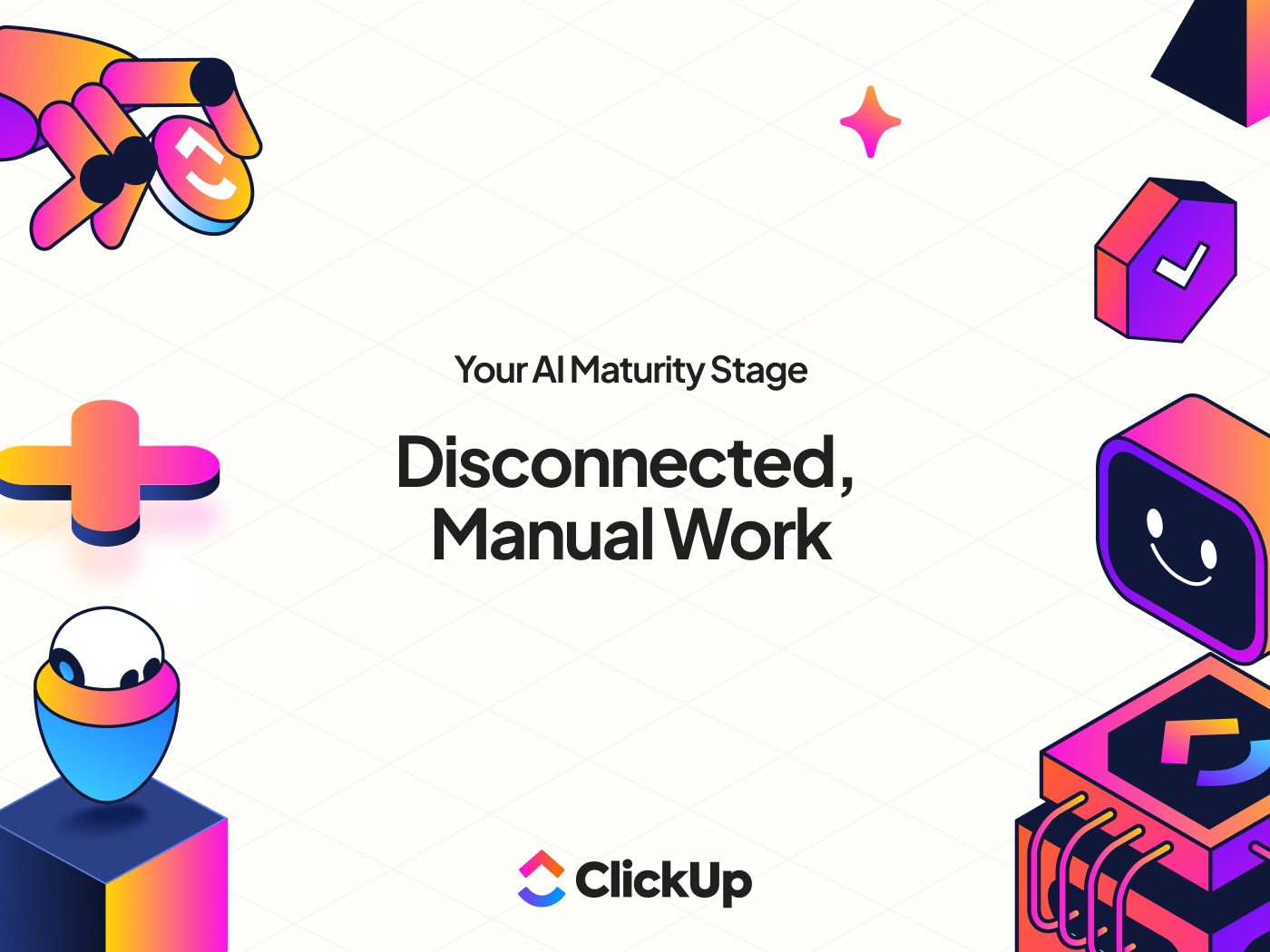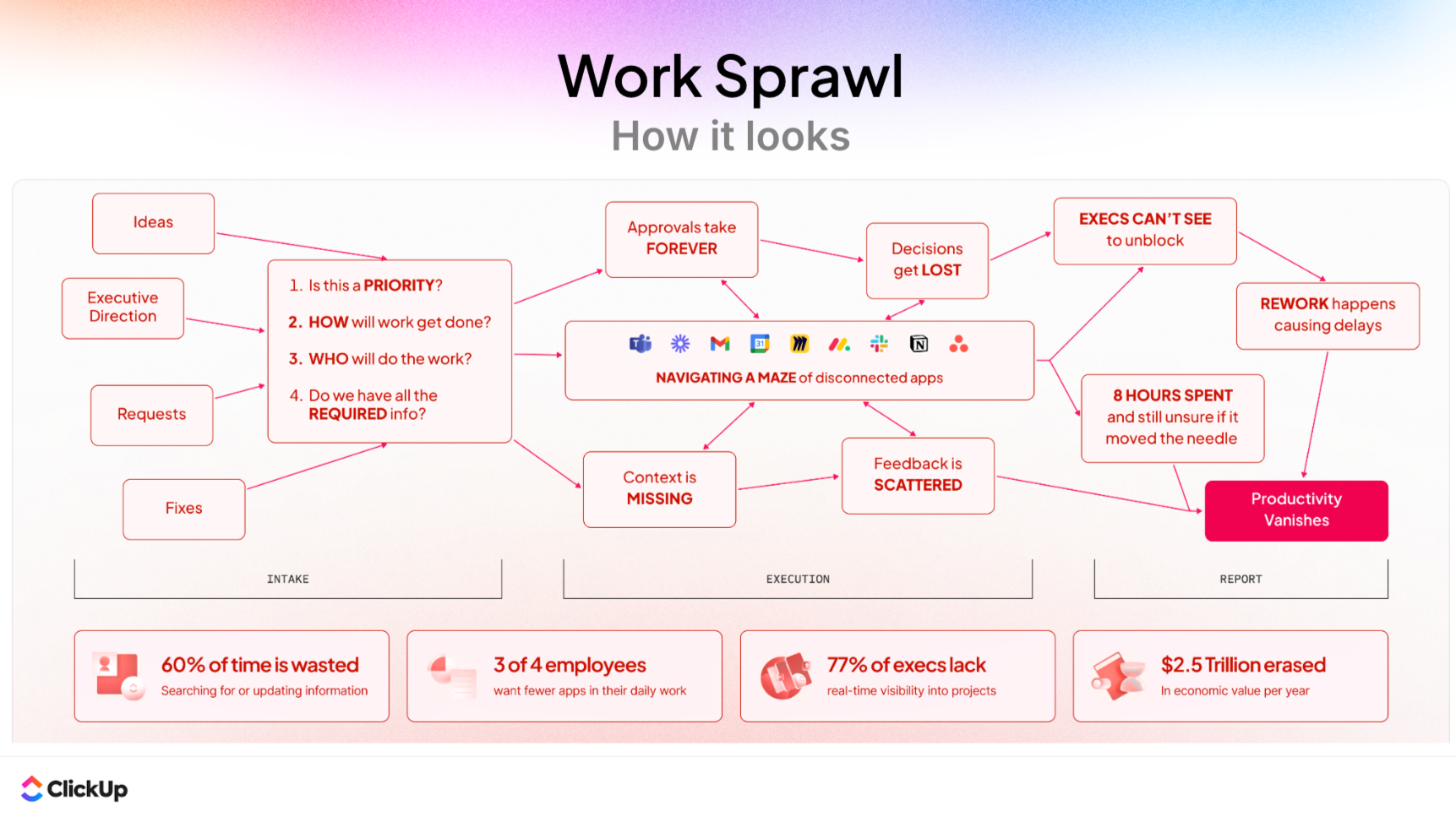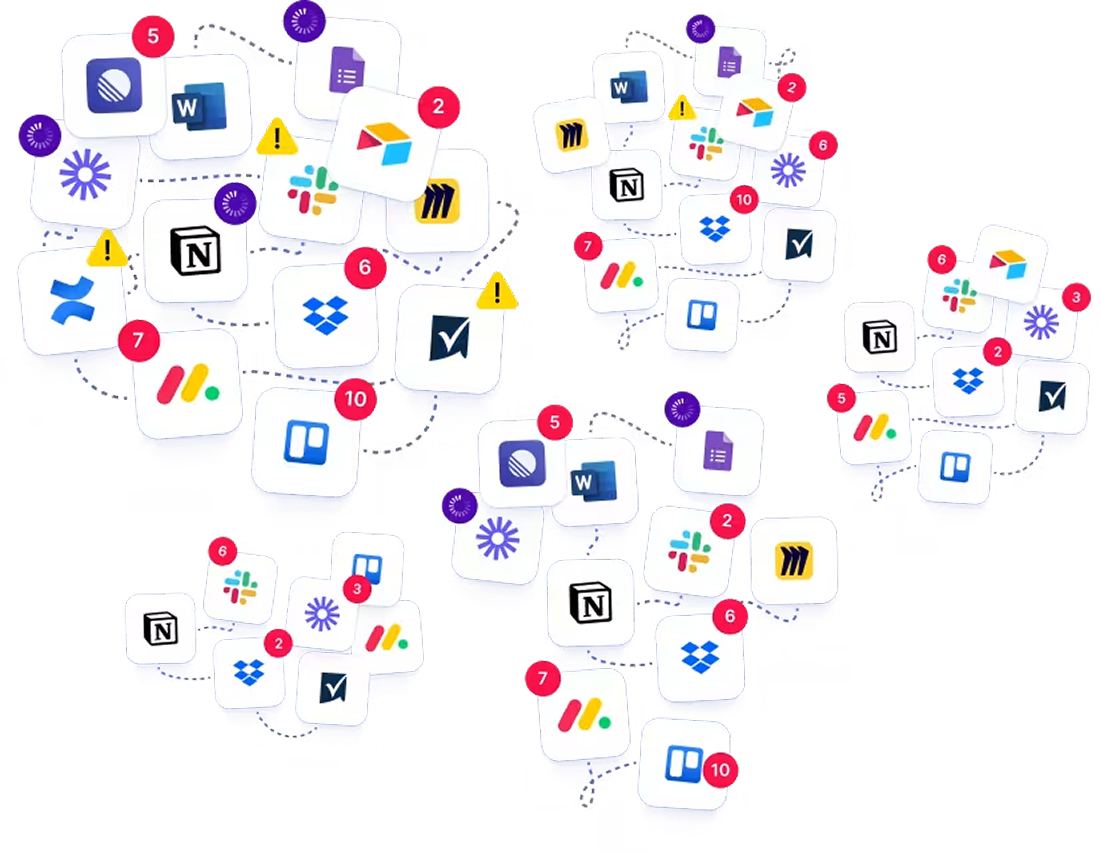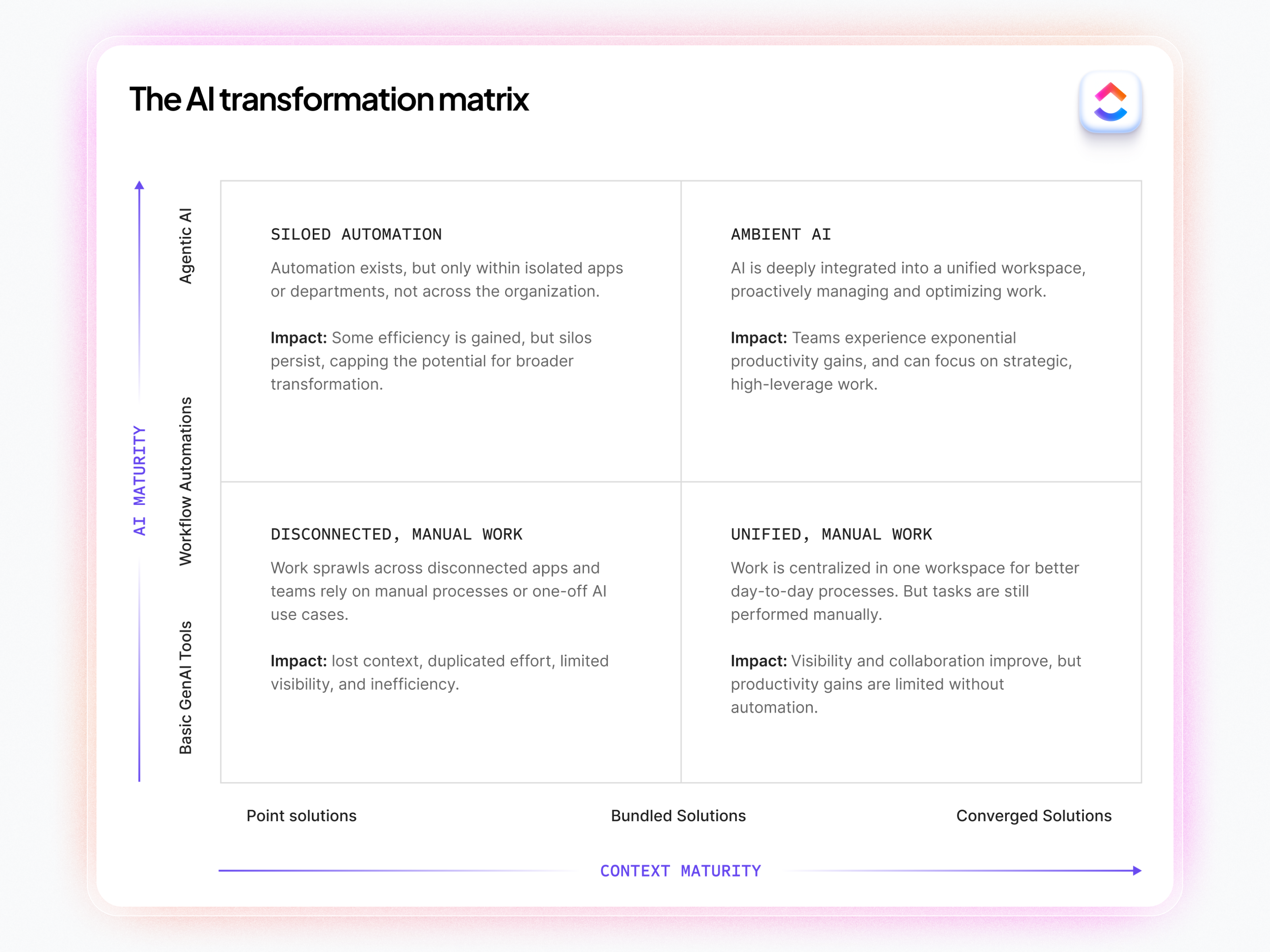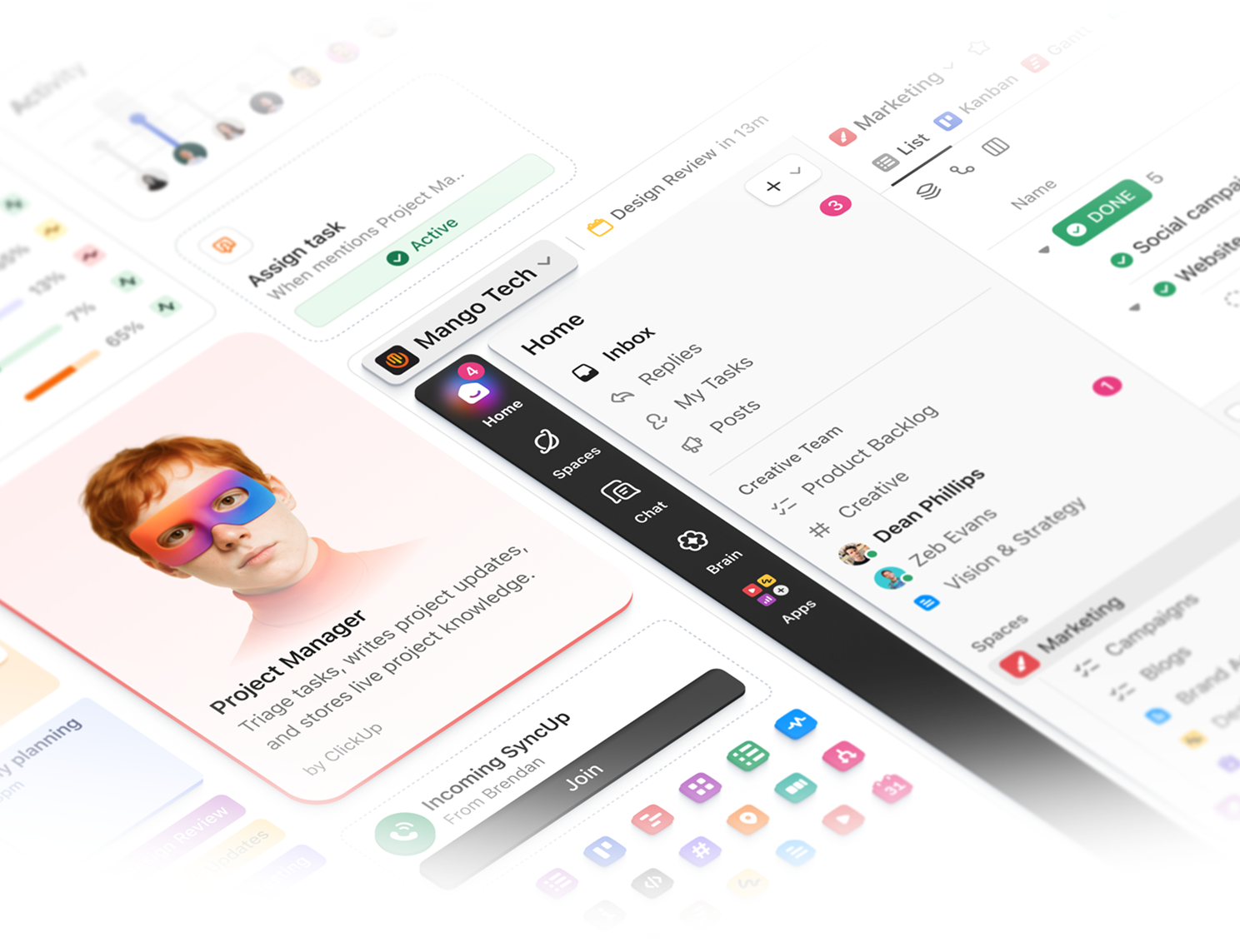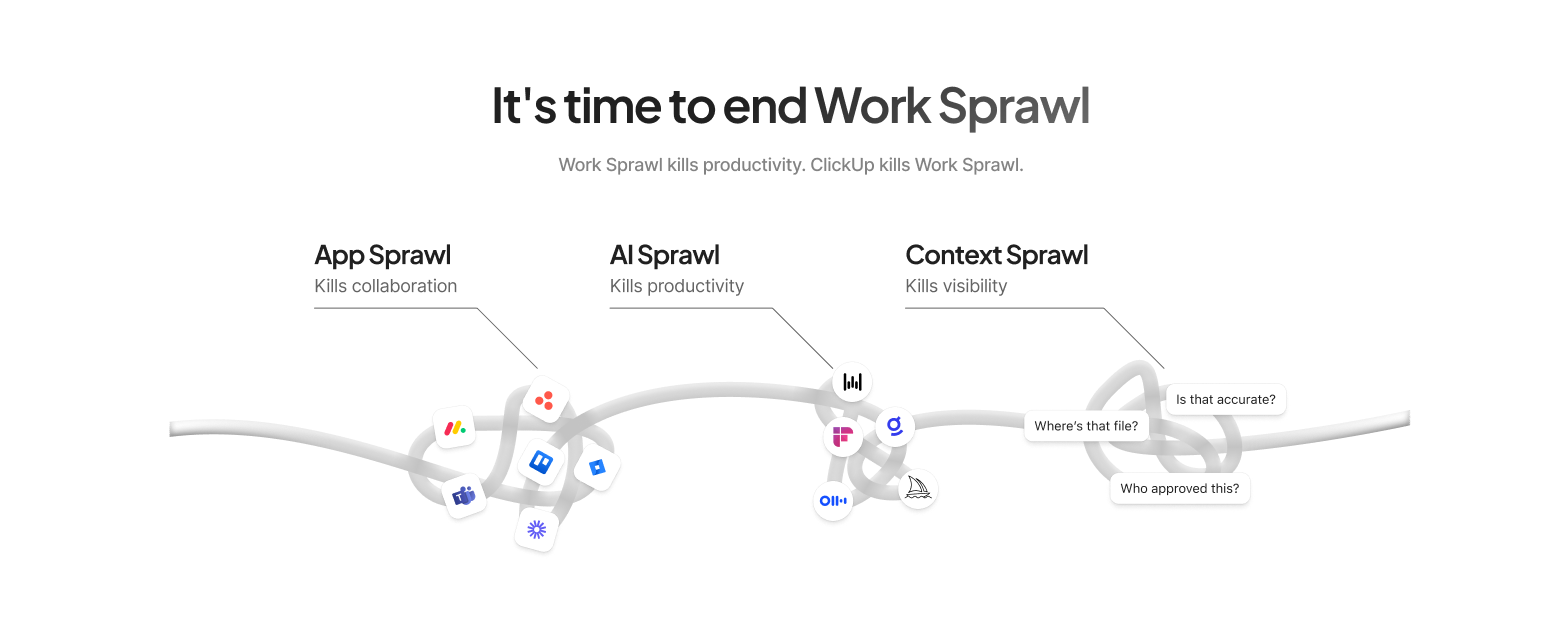Welcome to Your Personalized AI Maturity Report
Congratulations on completing the AI Maturity Assessment!
Based on your responses, your organization is currently in the Disconnected, Manual Work stage.
This is a common starting point for many teams embarking on their AI journey. Recognizing where you are today is the first step toward meaningful transformation.
This report is designed to help you understand your current state, identify opportunities, and take actionable steps toward a more connected, efficient, and AI-enabled future.
